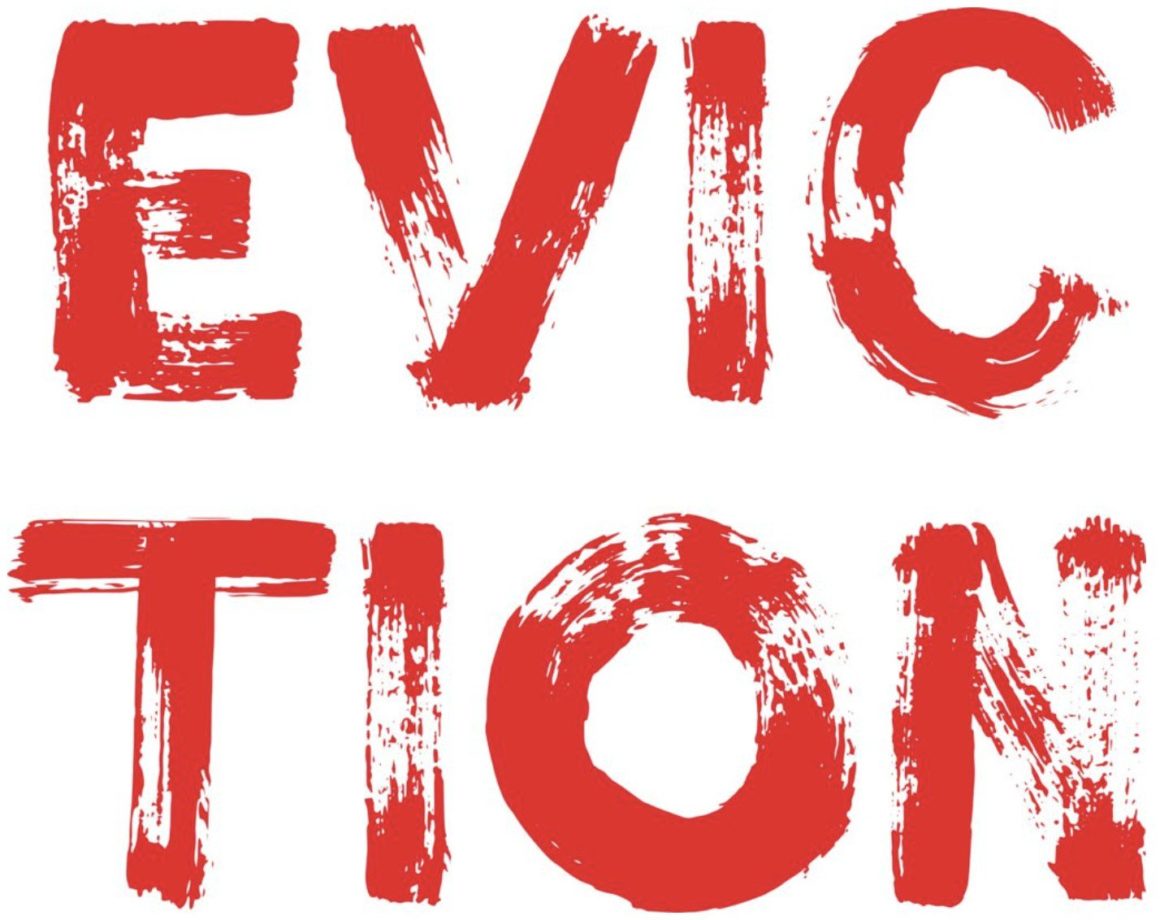Table of Contents Show
Every renter dreads hearing the word eviction. For most people, the word conjures up images of being kicked out on the street by their landlord; for failure to pay rent or some other major infraction. This is a different ball game in which the landlord “evicts” a tenant by not fixing an uninhabitable rental. If you’re looking to get out of a lease early and the conditions in your apartment are severe enough to make it unlivable, this can be a valid defense. But there’s also a way to bring constructive eviction against the landlord.
DISCLAIMER: This article does not represent any form of legal advice. Please consult with your attorney.DISCLAIMER: This article does not represent any form of legal advice. Please consult with your attorney.
What is Constructive Eviction?What is Constructive Eviction?
Constructive eviction is when a landlord interferes through action or failure to act with a tenant in a way that prevents them from using the property. Essentially it allows the tenant to break the lease without any legal consequences. It must be proven; in court, and if so, the tenant is released from any obligation to pay rent on the remainder of their lease term.
What are the grounds for constructive eviction?What are the grounds for constructive eviction?
To claim constructive eviction, you must demonstrate that the landlord has failed to uphold the warranty of habitability conferred on all rental apartments by New York law. The problems must be severe, such as lead paint, asbestos, a lack of essential utilities, or anything else that makes the unit unlivable or exposes you to clear and present danger. Tenants also have a right to “quietly enjoy” their unit for the duration of the lease. Tenant harassment or the constant commitment of similar lease violations, such as the landlord repeatedly entering the apartment without notice or reason, is also grounds for constructive eviction.
How to file a constructive eviction claimHow to file a constructive eviction claim
As mentioned, the problems must be severe. A creaking door or peeling (nonlead) paint are not good arguments. The standards are high for this because you ask the court to conclude that the landlord is forcing you out by making the unit unlivable.
In New York State, you must first move out to claim constructive eviction. But before doing so, you should document the problem to give you the best chance of success. Call 311 and have the Housing Preservation Department or Department of Buildings send an inspector to report the issues. You should also do your documentation by taking photos, keeping copies of letters you’ve sent to the landlord, and calling in other experts to confirm the problems such as asbestos, mold, lead paint, etc.
To prove your case, you must demonstrate to an attorney the five following things:To prove your case, you must demonstrate to an attorney the five following things:
- That your landlord owed you a duty, such as providing essential utilities or a residence free from toxic materials – lead paint
- That the landlord neglected their duty
- Because of this neglect, the apartment became unlivable.
- That you gave the landlord notice of this neglect and plenty of time to fix it
- That you left the apartment within a reasonable amount of time after the landlord failed to fix the problem
Final ThoughtsFinal Thoughts
The courts have shown varying interpretations of constituents’ constructive eviction, so you must have a rock-solid case. Although it may be possible to withhold rent after you’ve moved out, you may have to pay it back later if you don’t win your claim. However, if you win, your lease will be terminated, and you will be free to move on to more comfortable accommodation.
You might also be liable to sue the landlord for costs and damages caused by the problem and having to move. Before moving ahead, you should consult an attorney on the issue and the housing courts in your area.

